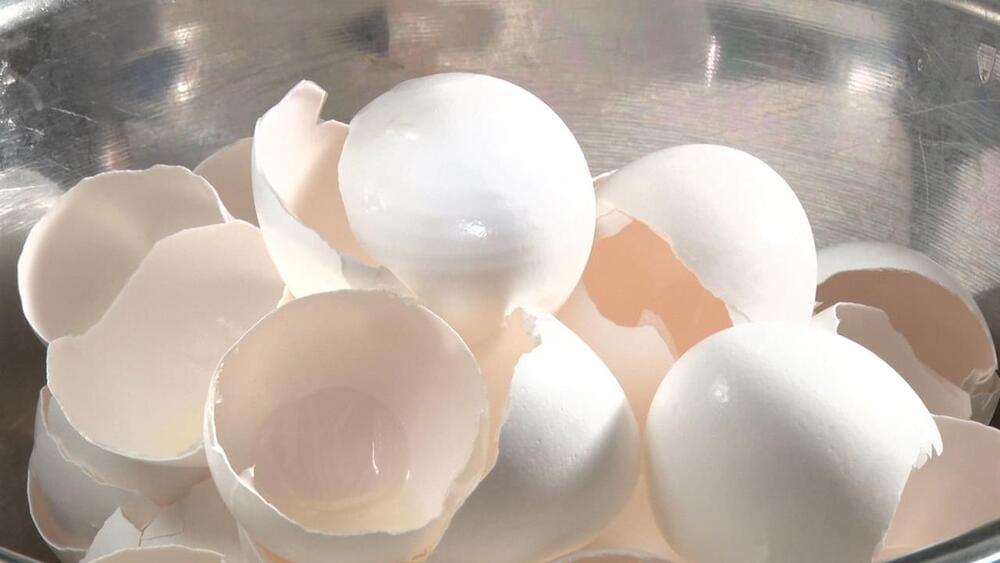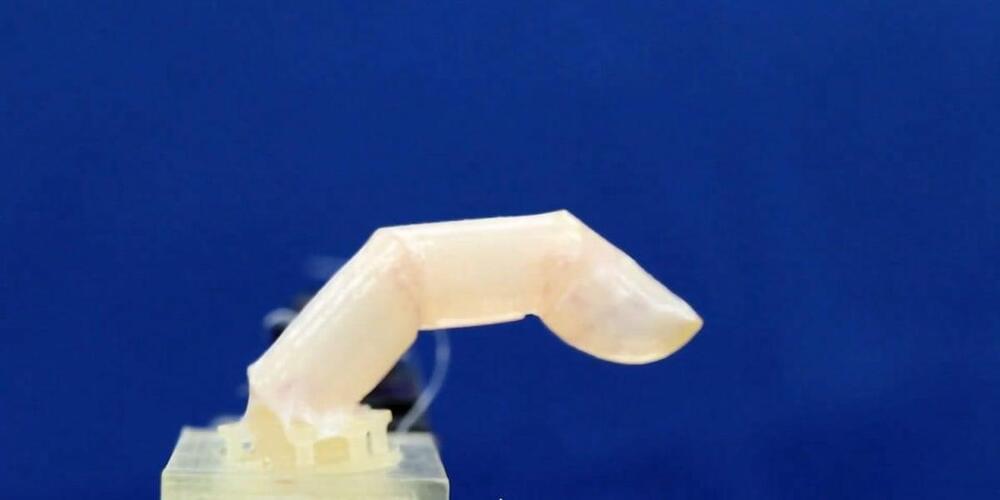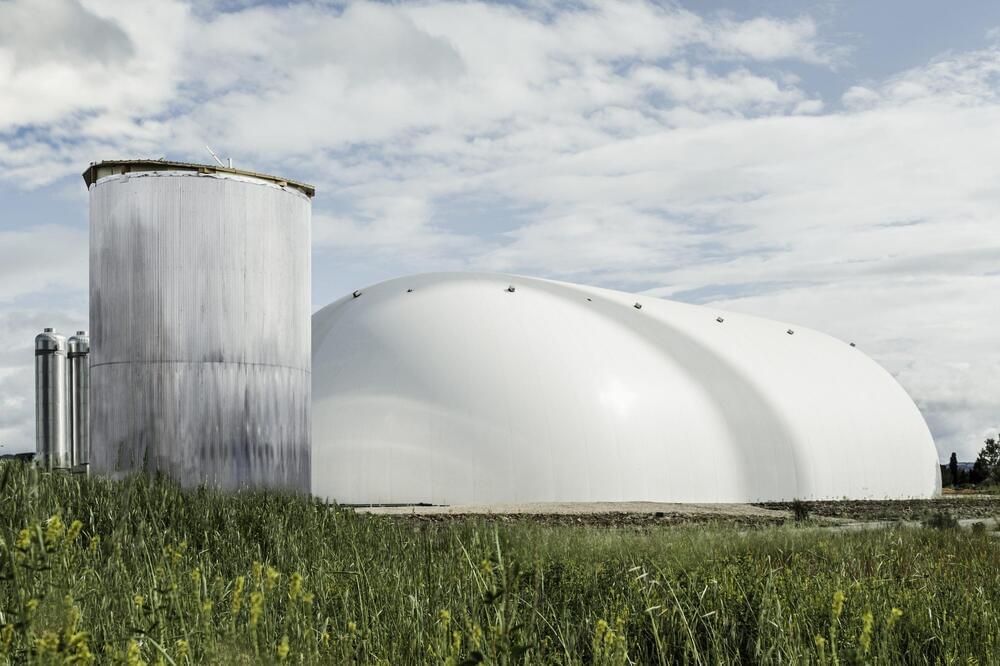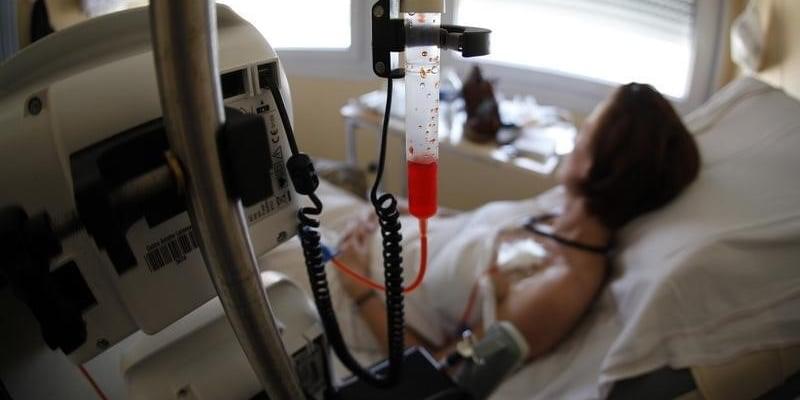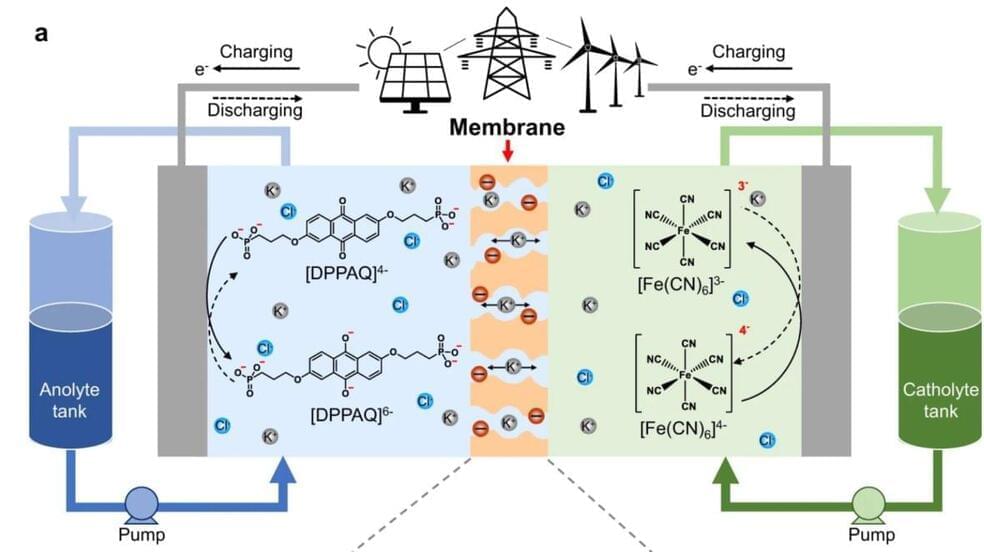Page 4765
Jun 9, 2022
Is Bamboo the Sustainable Building Material of the Future?
Posted by Quinn Sena in categories: materials, sustainability
Jun 9, 2022
Earth-abundant solar pixels found to produce hydrogen for weeks
Posted by Shailesh Prasad in categories: chemistry, energy
Devices made of readily available oxide and carbon-based materials can produce clean hydrogen from water over weeks — according to new research (Nature Materials, “Long-term solar water and CO2 splitting with photoelectrochemical BiOI–BiVO 4 tandems”).
The findings, co-led by Dr Virgil Andrei, a Research Fellow at St John’s College, University of Cambridge, with academics at Imperial College London, could help overcome one of the key issues in solar fuel production, where current earth-abundant light-absorbing materials are limited through either their performance or stability.
Multiple BiOI and BiOI-BiVO 4 pixels on a device. (Image: Dr Virgil Andrei)
Jun 9, 2022
Ethereum Moves Closer to Blockchain Revamp After Milestone Test
Posted by Genevieve Klien in categories: blockchains, cryptocurrencies, cybercrime/malcode
Ethereum, the world’s most used cryptocurrency blockchain network, passed a milestone test ahead of a highly anticipated technical upgrade without any major glitches.
Developers ran the latest software for the upgrade known as the Merge on Ropsten, which is one of the oldest so-called testnets of the network. The testnets are used by developers to find potential bugs and glitches before moving their applications to the blockchain. While the Merge has been carried out on other testnets earlier this year, Ropsten was seen as providing the most realistic technical environment and the best estimate for the outcome of the final process.
Jun 9, 2022
Wearable, waterproof sensors combine high sensitivity and location options
Posted by Genevieve Klien in categories: health, robotics/AI, wearables
Wearable sensors—an important tool for health monitoring and for training artificial intelligence—can be waterproof or can measure more than one stimuli, but combining these factors while maintaining a high level of precision in the measurements is difficult. Researchers co-led by Huanyu “Larry” Cheng, assistant professor of engineering science and mechanics at Penn State, have created sensors that are waterproof, an important trait for exercise monitoring and for withstanding perspiration and all weather conditions; can measure temperature and motion on both small and large scales; and can be attached to distal arteries such as those located beneath the eyebrow or in a toe.
The results are available now online in the Chemical Engineering Journal ahead of publication in the journal’s September print edition.
“There are three aspects of this that are novel in combination: the underwater application, the ability to detect ultra-small vibrations and subtle motions and temperature changes, and the multiple options for sensor location, such as the eyebrow or toe,” Cheng said.
Jun 9, 2022
Scientists have crafted living skin for robots, further blurring the line between human and machine
Posted by Genevieve Klien in categories: futurism, robotics/AI
Researchers developed skin tissue for robots, laying the groundwork for more advanced—and even more lifelike—machines in the future.
The M2 sets up Apple for another successful series of Macs and iPads, but isn’t a revolutionary change.
Jun 9, 2022
How Apple’s M2 chip builds on the M1 with small but meaningful upgrades
Posted by Genevieve Klien in categories: computing, mobile phones
How Apple’s M2 chip builds on the M1 to take on Intel and AMD.
The M1 is a great chip. Essentially an “X” variant of the A14 chip, it takes the iPhone and iPad processor and doubles the high-performance CPU cores, GPU cores, and memory bandwidth. The M1 chip is so good it’s equally amazing for tablets and thin-and-light laptops as it is for desktops, easily outperforming any competing chip with similar power draw and offering similar performance to processors that use at least twice as much energy.
Now a year and a half later, and after delivering three more powerful variants of the M1 (M1 Pro, M1 Max, and M1 Ultra), it’s time for the next generation. Announced at WWDC and appearing first in the new MacBook Air and 13-inch MacBook Pro, the M2 is essentially the system-on-chip we predicted it would be: what the M1 is to the A14, the M2 is to the A15. It’s made of 20 billion transistors, 25 percent more than M1, and while it’s still built using a 5nm manufacturing process, it’s a new enhanced “second-generation” 5nm process.
Continue reading “How Apple’s M2 chip builds on the M1 with small but meaningful upgrades” »
Jun 9, 2022
Energy Dome launches world’s first CO2 battery energy storage facility
Posted by Shane Hinshaw in categories: energy, sustainability
Italian company Energy Dome has opened the first of its remarkable grid-level energy storage plants. These “CO2 batteries” can store renewable energy over long periods and release it quickly, at less than half the cost of big lithium batteries.
Large-scale energy storage is going to be required on an epic scale all round the world, as green energy begins to take over the world’s power supply. Renewable energy is often generated at times and places where it’s not needed, and a variety of grid-level storage technologies are jockeying for various energy market niches, each with their own strengths and weaknesses.
We took a close look at Energy Dome’s CO2 battery technology last July, but here’s the guts of it: carbon dioxide expands dramatically when it moves to a gaseous state from a liquid state, which it’ll only settle in under pressures at least five times higher than the Earth’s atmospheric pressure. How much does it expand? Well, at room temperature, 2.5675 litres of liquid CO2 kept at 56 atmospheres of pressure will expand into 1,000 litres of gaseous CO2. That’s a factor of nearly 400.
Jun 9, 2022
Breast cancer drug drastically increased survival for patients with just months to live
Posted by Paul Battista in category: biotech/medical
A new drug therapy for breast cancer helped stop tumors from growing for twice as long as traditional chemotherapy, adding months to patients’ lives.
Jun 9, 2022
Redox flow battery based on ion-sieving sulfonated polymer membranes
Posted by Shubham Ghosh Roy in category: futurism
UK scientists have designed a new type of aqueous organic redox flow battery based on ion-exchange membranes made of a polymer of intrinsic microporosity. The battery showed a very low-capacity decay rate of 0.0335% per day for 2,100 charge-discharge cycles.
